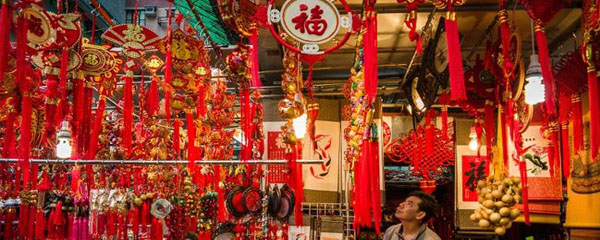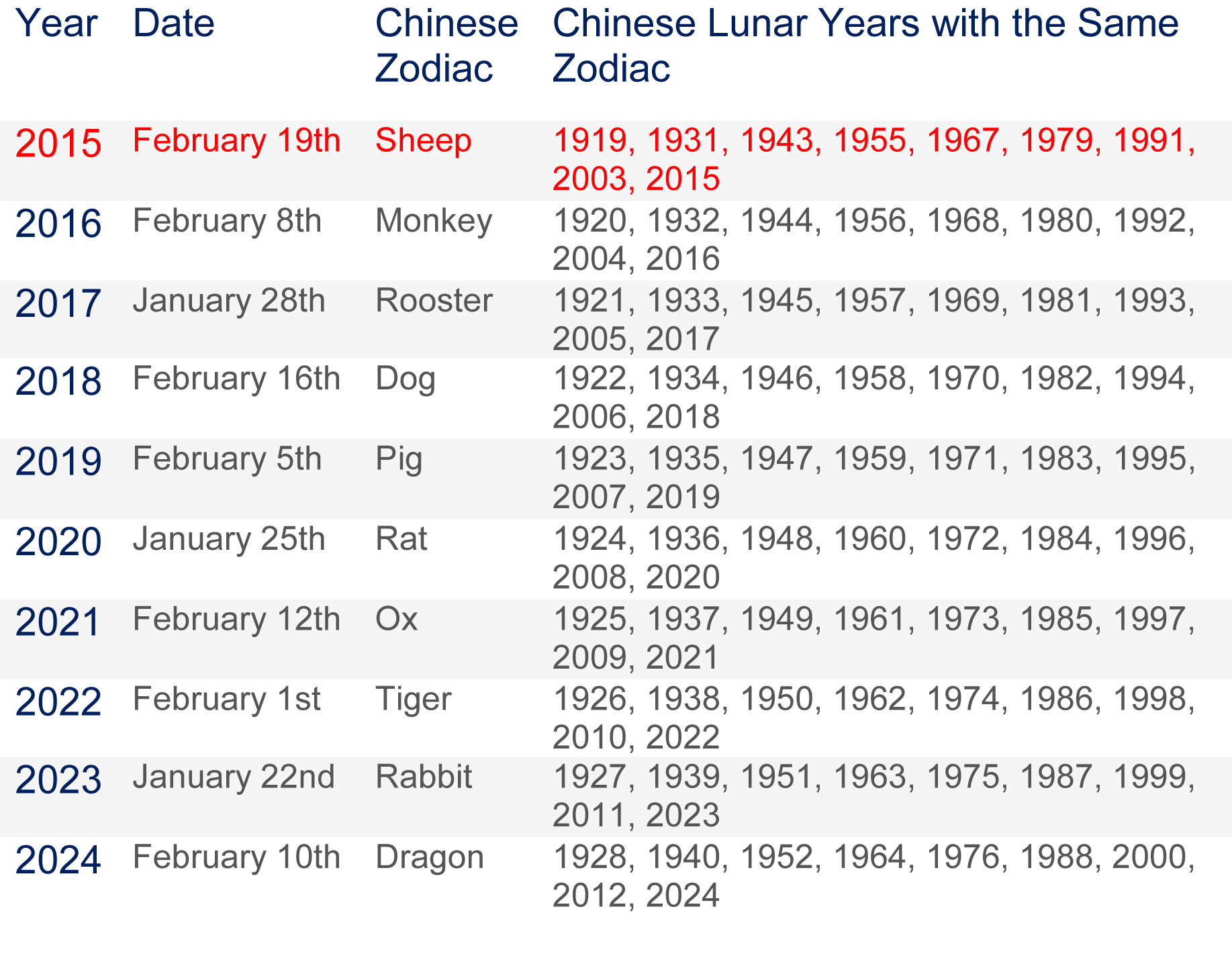23
Jan 2015
ALERT! Chinese New Year here again
The Chinese New Year (CNY) is like Christmas, New Years Eve and your own birthday all merged into one major holiday. It’s the time of the year when the factories shut their doors and the workers go back to their hometowns to spend some quality time with their friends and relatives. They eat, drink and wish each other luck for the year ahead. Sounds great! However, for importers the Chinese New Year is not a reason to celebrate. It’s the cause of major delays, frustration and missed deadlines.
The Chinese New Year is not going anywhere, and those hard working Chinese workers certainly deserve some time off. However, with some foresight and planning, delays can be avoided. This blog post tells about these issues.. I begin with an introduction to the three phases – before, during and after the Chinese New Year.
Phase #1 – Before the Chinese New Year
While the Chinese New Year is still a few weeks away by the time this post is written the implications of the coming holiday can be felt months in advance. Some suppliers stop accepting orders as early as December, and by the time we’re in January it’s close to impossible to start production. Certain suppliers are also going on holiday leave earlier than the official CNY date.
Some suppliers might even be reluctant to participate in a price research and offer quotations, since they are expecting price increases from their material and component subcontractors after the Chinese New Year.
Phase #2 – During the Chinese New Year
Forget about importing anything from China during the CNY. The store is closed and it’s not a matter of negotiation. All Chinese factories are empty and no production is scheduled for the whole duration of the CNY. That’s pretty much all there is to say about this part.
Phase #3 – After the Chinese New Year
The Chinese New Year wouldn’t be that bad for importers if the suppliers started producing at full capacity on the opening day. However, as with anything that involves Importing from China, the situation is not that simple. Most suppliers have at least a few orders waiting to enter production and new orders have to wait until these “pre-CNY” orders are completed.
Another major headache is the fact that many of the migrant workers simply don’t return to the factory after the end of the Chinese New Year. It’s hard to find qualified personnel for most manufacturers and this is a huge issue for small manufacturers who rely on a few or even one head engineer. Hiring and training new workers can take months. Therefore quality issues tend to be more common in late February, March, April and May.
How to avoid delays and when to place an order?
For an importer, the Chinese New Year has large implications on any purchase made from December to April. Unfortunately, many small businesses are not aware of this holiday and place their orders way too late. The result is that plenty of small businesses miss important deadlines, something that is disastrous for seasonal products. Outdoor furniture and bikinis tend to be quite hard to sell in September.
An order intended for the spring and summer season shall be placed in November at latest! Keep in mind that “placing an order” is not the same thing as start sourcing suppliers. If you’re still at a stage where you must go look for a supplier for products to sell during the coming spring and summer season you better begin the sourcing process as early as July or August. Yes, that’s 6 months before the beginning of the Chinese New Year!
Scams related to the Chinese New Year
If a supplier is deciding to go out of business, they’ll probably pack up and leave around the time of the CNY. While many importers assume that running a factory in China is a hugely profitable enterprise, this is not really the case. Most manufacturers are struggling with razor thin margins and thousands of factories shut their doors every year. Even more are on the brink of bankruptcy.
A supplier that is about to go bankrupt is dangerous, because they no longer have a reputation to take into consideration and are much more likely to scam any potential buyer that approach them. Especially since many of them have creditors to pay off. This means that payment frauds and other scams (i.e. Loading containers with brick stones rather than the product you ordered) are more common compared to the rest of the year.
Important dates
Unlike the western New Years Eve, which always occur on the same dates, the Chinese New Year begins and ends and various dates in the Gregorian calendar (that’s the one that starts on January 1st and ends on December 31st). The earliest possible date is January 21 and the latest possible date is February 20.
For 2015, CNY officially begins on February 19th and ends February 25th.
Here is a list of the CNY dates for the coming ten years:
Want to know more about what issues to consider related to Chinese New Year?
– Read this post to know more about what does Chinese New Year mean for Chinese workers and how to prepare your supply chain for the holiday.
– Read these tips from China Sourcing Information Center about what you as a buyer need to know about the holidays.
– Check this video about the biggest migration in the world on CNY.
And last but not the least: Remember to congratulate your suppliers before the Holidays: Gong Xi Fa Cai (mandarin) or Kong Hei Fat Choi (cantonese)!
Source: Chinaimportal.com
See more at: SBEInspection.com
































